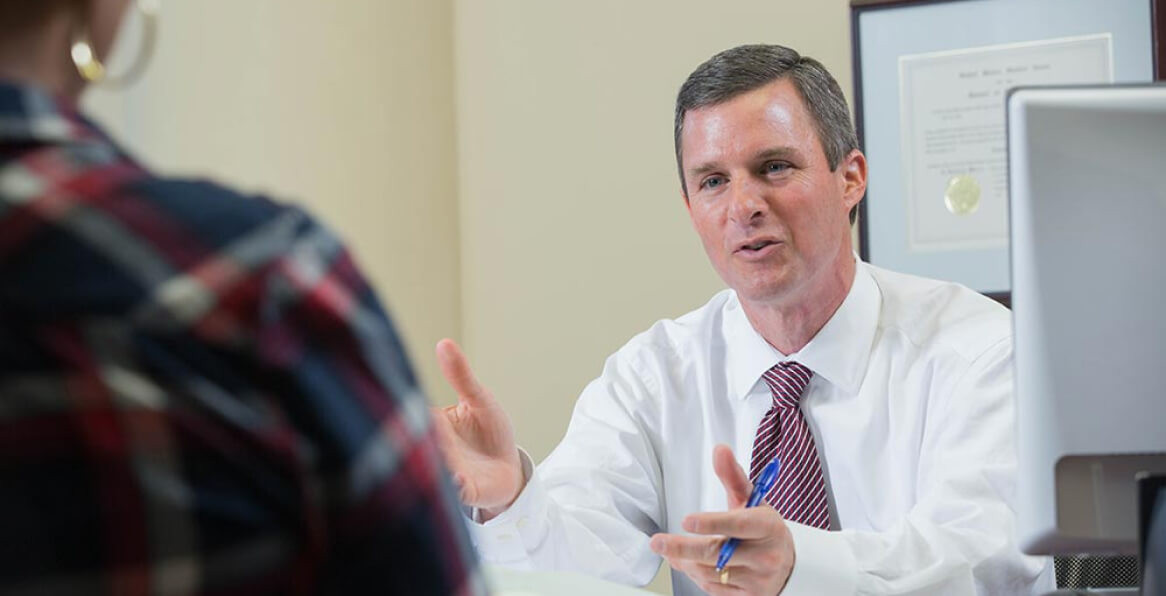Posted in Uncategorized
Getting behind the wheel for the first time is a major milestone for teens; it also comes with serious responsibilities. Teen drivers face higher accident risks than any other age group, and one major factor behind that is peer pressure. Whether it’s showing off for friends, taking risks to look cool, or simply getting distracted, passengers can have a powerful effect on a young driver’s decisions. As parents and community members, understanding how these pressures work is key to keeping teens safe. When accidents do happen, having support from our New Jersey car accident lawyer can protect your child’s rights and help you handle the aftermath with confidence.
The Influence Of Friends On Teen Drivers
Studies have shown that having even one teenage passenger increases the chances of a crash. It’s easier for them to get distracted, first of all. It’s also more likely for them to behave differently in order to come across a certain way, especially if they’re trying to impress someone. They might drive faster or ignore basic safety rules like stopping completely at stop signs or wearing a seatbelt. For new drivers who are still building their driver judgment and experience, these small decisions can quickly lead to dangerous situations.
Risky Behaviors Linked To Peer Pressure
Teen drivers are more likely to engage in risky behavior when their friends are in the car. Peer pressure can take many forms—some direct and some subtle. A friend might openly encourage a teen to speed, or they might simply laugh when a driver takes a risky turn. Sometimes, the pressure comes from not wanting to appear scared or overly cautious. This can lead teens to:
- Drive above the speed limit or race other cars.
- Use their phones to take photos or videos while driving.
- Ignore curfews or restrictions on passengers.
- Try to multitask behind the wheel, such as eating or adjusting music.
These behaviors may seem harmless in the moment, but they greatly increase the chance of an accident.
Creating A Culture Of Safety
Parents play an important part in helping teens resist peer pressure. Open conversations about safe driving, the importance of setting boundaries, and the potential consequences of unsafe behavior can make a big difference. Encourage your teen to say no when they feel uncomfortable or pressured. It also helps to set clear rules about who can ride in the car and when. Many states, including New Jersey, have graduated driver’s license (GDL) programs that limit the number of passengers young drivers can have. Following these guidelines helps reduce the temptation to take risks.
Schools, community groups, and driving programs can reinforce these lessons. Peer-led safety campaigns, for example, can be especially effective since teens often listen more closely to people their own age. Programs that highlight real stories from local accidents or that simulate the effects of distraction and speeding can make safety messages more personal and memorable.
Legal And Financial Consequences Of Teen Driving Accidents
When peer pressure leads to a crash, the impact goes beyond injuries. Teen drivers and their families may face insurance increases, license suspension, or even civil liability. If another person is hurt, victims may pursue compensation for damages. In those moments, knowing how to protect your rights is essential.
Get Help Today
If your teen has been involved in an accident caused by peer pressure or risky driving, you don’t have to face it alone. Our personal injury attorney is here to help families protect their rights and move forward after serious collisions. We understand how overwhelming these situations can feel, especially when young drivers are involved. Contact us today at the Law Offices of David A. DiBrigida to learn more about how we can help.



